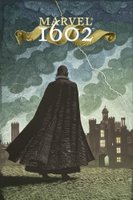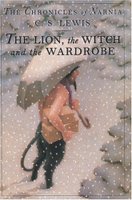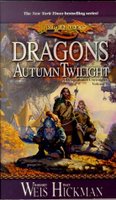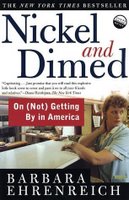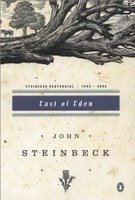A collection of delightful Christmas stories from the talented Connie Willis-- some of them are heartwarming, others are creepy or a bit disturbing, but all of them will entertain you-- and the best will you leave you wondering just a bit. Willis is a big fan of Christmas, and has a great deal of respect for all the drama and power of the original Christmas story, and the stories collected here are unique and strange and wonderful.
A few of my favorite stories in this collection: the titular "Miracle", which plays out like some of Willis' other screwball romantic comedies; the wonderful story "Inn", where one choir member is the only person not too busy with Christmas to notice a strange homeless couple in the snow outside the church, and discovers that the young couple is really Joseph and a very pregnant Mary, lost (in time as well as space) on their way to Bethlehem; "Cat's Paw" presents a fascinating Christmas mystery; "Newsletter" is a humorous parody of the Christmas letters so many people send, and includes a possible invasion by aliens who are making people behave nicer than usual; and the last story, "Epiphany", is a wonderful story of three unlikely modern wise men-- a Presbyterian pastor, his atheist friend, and a former English teacher-- who are inspired to "go west", despite their own doubts and fears for their own sanity, in search of Christ, who has returned, but not in the way most would expect.
Willis also provides, as a "gift" to the reader, some recommendations-- twelve things to read, and twelve to watch. Some I'm familiar with, and some I will have to check out sometime soon. Her stories seem are gift enough, but I find it delightful that Willis wants to share with her readers some of her own favorites, and recognizes how wonderful it is to discover new authors, and how we frequently do that through the work of authors we already love.
| Title: | Miracle and Other Christmas Stories |
|---|---|
| Author: | Connie Willis |
| Date published: | 1999 |
| Genre: | Short Story |
| Number of pages: | 298 |
| Notes: | Second reading. |




